Despite the hassle and cost of unplanned vehicle maintenance, it’s easy to neglect a few important vehicle systems until something fails.
These eight often-overlooked vehicle-maintenance practices can not only help avoid expensive repairs, they can boost performance, too.
Don’t forget these vital vehicle-maintenance practices
Change transmission fluid
Changing motor oil is the poster child for good vehicle maintenance, and for good reason. But many motorists forget about the transmission until it shifts hard, slips or fails altogether.
Rebuilding an automatic transmission can easily cost more than $2,000. A flush and fluid change costs far less and can do wonders for maximizing transmission life and performance.
Even though some newer vehicles are equipped with “filled-for-life” transmissions, it typically means “filled for the life of the warranty.” It’s just as important to service those units periodically, too.
How often should I change transmission fluid?
Change gear lube
Too often your vehicle’s differential is out of sight, out of mind.
In addition, the ongoing towing-capacity war between the automakers has resulted in trucks that can practically tow a house.
The differential gears and bearings through which all that power is routed, however, have largely remained unchanged.
Adding to the challenge, some automakers have reduced the amount of gear lube in the rear end to help cut drag and increase fuel economy.
For optimum differential life, make sure to change the gear lube periodically, especially if you tow or haul. Find out how often to change gear lube here.
Flush the coolant system
Nearly 40 percent of engine failures can be attributed to cooling-system issues, yet your vehicle’s cooling system has probably gone untouched for years.
If sludge or slime have formed, they can plug the radiator, heater core or fluid passages, resulting in overheating and expensive repairs.
Plus, once the anti-corrosion additives have depleted, metal engine and cooling-system components become vulnerable and can fail.
Flushing your cooling system periodically and refill using a high-quality organic-acid antifreeze/coolant is a vital part of good vehicle maintenance.
Avoid the conventional “green” coolants found at most retailers and auto parts stores.
They contain inorganic salts, such as nitrites, phosphates and silicates, that deplete quickly – typically in two years or less. Once depleted, they are the source of common cooling-system problems, like scale deposits and sludge/slime. For these reasons, most vehicle manufacturers have moved away from inorganic salts for newer vehicles.
Change brake fluid
Over time, moisture can build-up in brake fluid, lowering its boiling point and causing the brakes to feel spongy. The anti-corrosion additives also slowly deplete, leaving components vulnerable to rust and failure.
Change DOT 3 brake fluid every time you change brake pads to avoid moisture buildup and corrosion.
Change DOT 4 brake fluid, often used in racing or high-performance vehicles, every other year.
Power steering service
One of the most distinctive – and annoying – sounds your vehicle can make when something isn’t quite right is the high-pitched whine from the power steering pump.
A few different things can cause it, including air trapped in the system, pump wear or fluid that has broken down.
Like any other lubricant, power steering fluid accumulates wear material, moisture and other debris over time. The fluid also oxidizes and breaks down and, therefore, should be changed at prescribed intervals.
Doing so can help avoid costly and noisy problems down the road.
Clean the fuel injectors
Over time, performance-robbing deposits form on your engine’s fuel injectors, valves and in the combustion chamber.
Today’s injectors are highly engineered to tight tolerances, and even minute deposits interfere with the spray pattern and reduce power and fuel economy.
The problem is especially pronounced in direct-injection engines that locate the injectors in the combustion chamber, exposed to intense heat.
Eventually, you’ll notice a reduction in power, throttle response, fuel economy or drivability.
Periodically treat fuel with a high-quality additive like AMSOIL P.i., which is formulated to clean deposits to keep injectors working properly and help avoid expensive replacements.
For continuous vehicle maintenance, use an upper cylinder lubricant to help preserve horsepower and performance.
Check and replace your PCV valve
When your engine is running, combustion gases build pressure in the crankcase.
Back in the days of yore, pressurized gases escaped into the atmosphere past seals and gaskets.
Today, we use positive crankcase ventilation systems.
A PCV system routes pressurized crankcase gases back to the intake manifold to be burned during combustion.
All those unburned gases flowing through the PCV valve, however, can create deposits and cause it to stick, which can increase oil consumption and even reduce fuel economy.
Fortunately, your PCV valve is one of the easiest and cheapest parts on the engine to replace.
It costs a couple bucks and is typically located on top of the valve cover.
One simple trick is to remove the valve and shake it. If it makes a metallic clicking sound, the valve is free and working properly. If it doesn’t make a sound or feels sluggish, replace it.
Replace the spark plugs
A wise old mechanic and purveyor of junked cars and trucks once told me, regarding the complicated inner workings of the internal combustion engine, “It’s simple. You just need fuel/air and spark at the right times.”
In gas engines, we rely on spark plugs to provide the electrical charge that ignites the fuel/air.
Living within a crucible of heat and combustion gases degrades the plugs, however. Dirty, worn plugs can fail to thoroughly ignite the fuel/air mixture, wasting power and reducing fuel economy.
For best performance and fuel efficiency, check and replace the spark plugs according to the recommendations in your owner’s manual.
Updated. Originally published March 6, 2017.
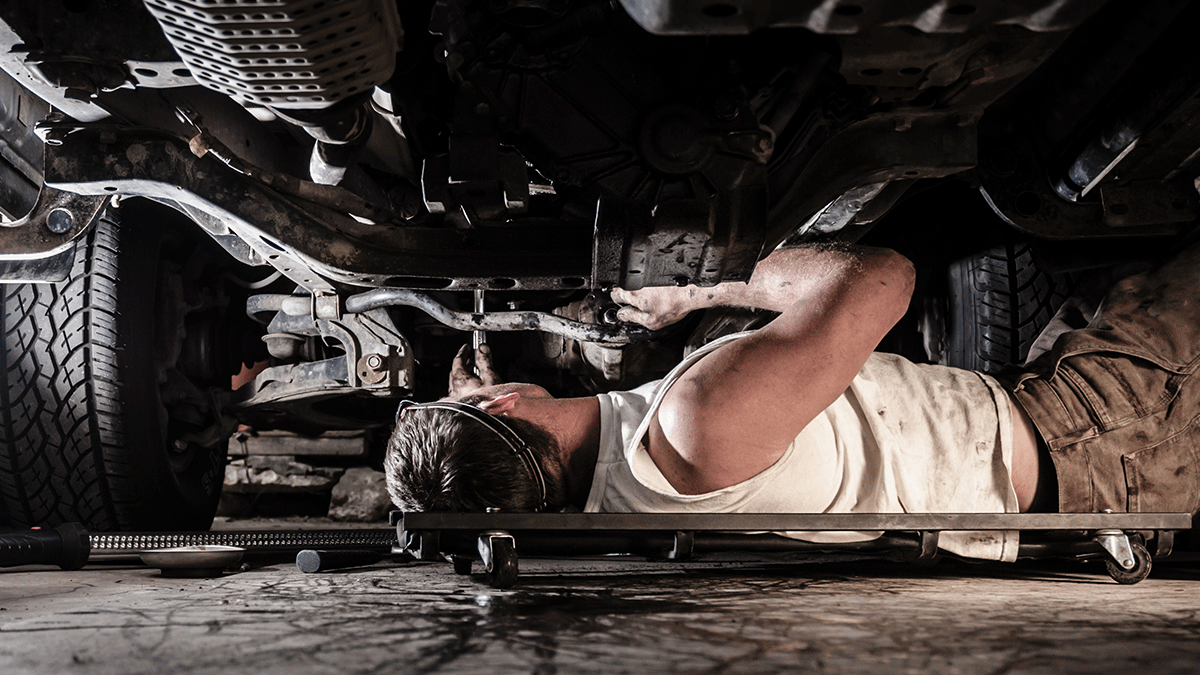
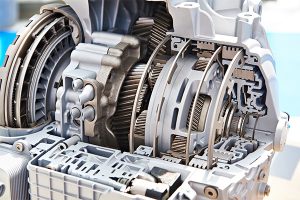
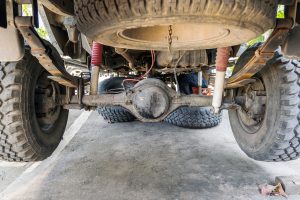
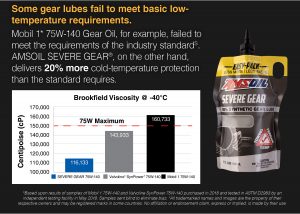
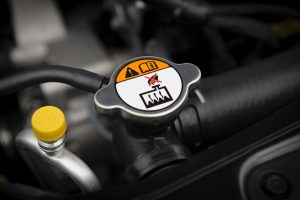
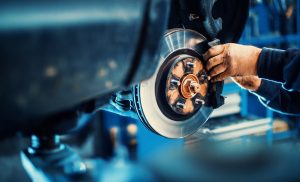

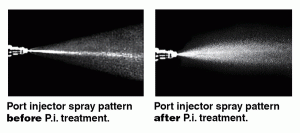
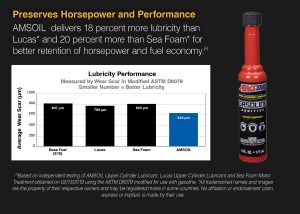




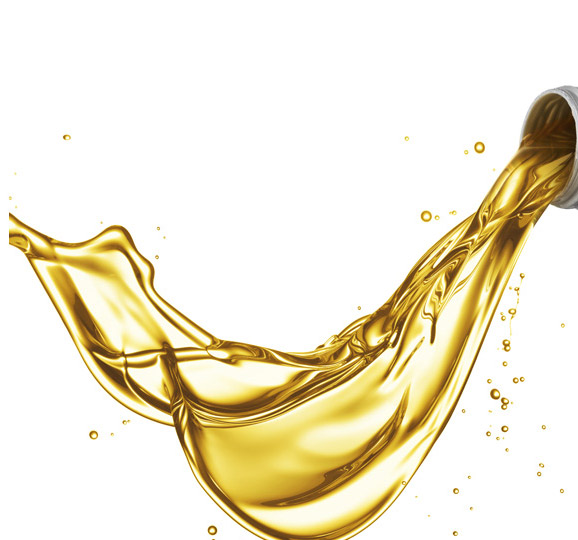
Comments
Share: